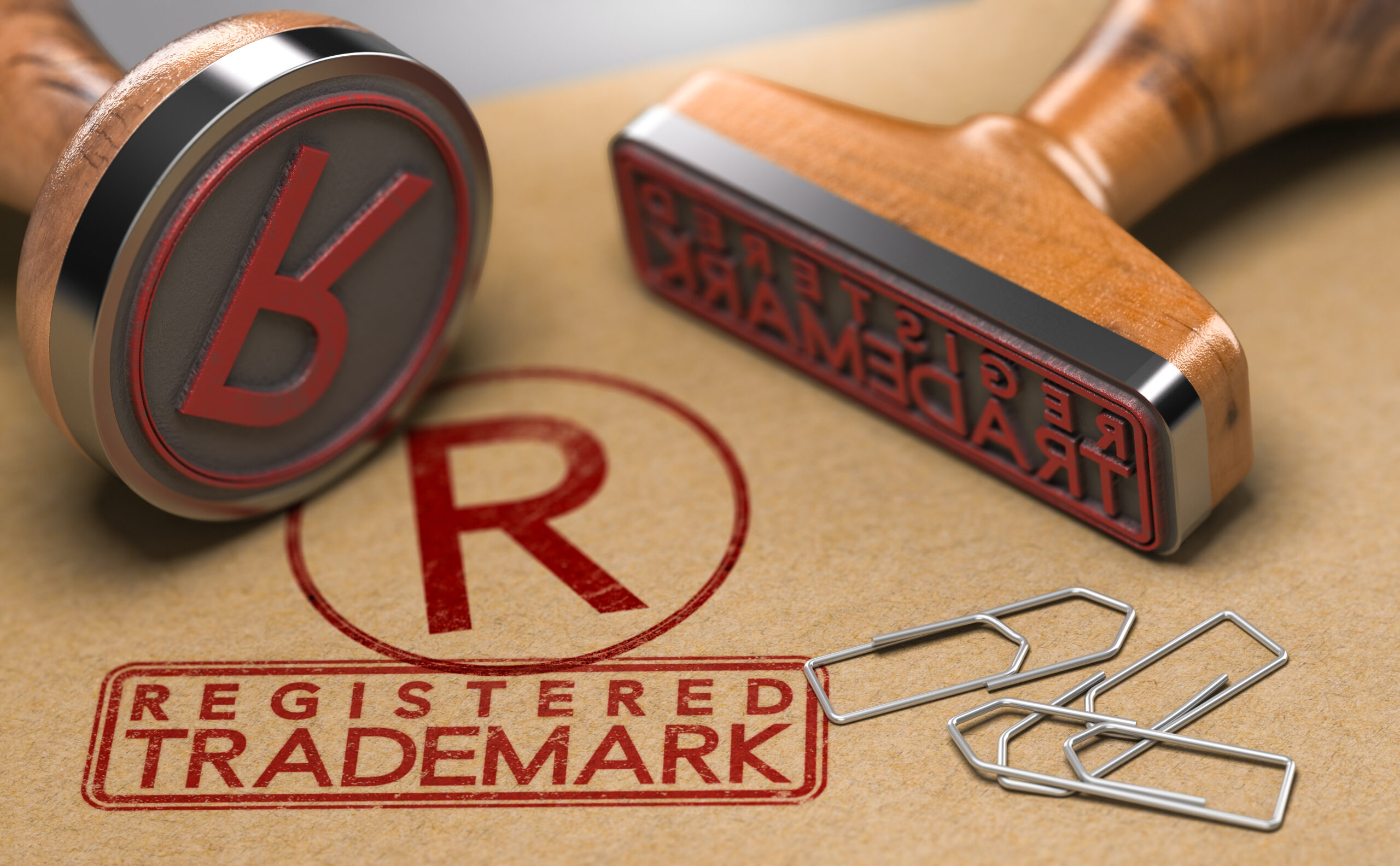You found a trademark for your brand, but someone else has registered it. WHAT DO YOU DO? Here are three options that you have to contest that person’s mark, and get yours registered.
- Trademark Expungement
- Trademark Cancellation
- Trademark Infringement
Trademark Expungement
This is a preliminary process, which is done in writing, through an online request before the United States Patent and Trademark Office (USPTO). The objective of this process is to alert the USPTO that a registered trademark exists which has NEVER been used in commerce. In this way, the USPTO is asked to cancel the registration, so that another applicant can use the mark.
It is a relatively “low impact” process, since it is done online, and once the petition is submitted, the USPTO takes over the case. The process does not require opening a case in court, nor appearing for hearings or trials. Everything is done on paper, and online.
To begin, you must collect evidence from the Registrant to argue non-use. This includes evidence like the one we have attached to this email (websites, social networks, etc.). If the registrant is unable to show evidence of use (typically within 30-90 days of being required by the USPTO), the USPTO may proceed to cancel the registration.
Trademark Cancellation
Similar to Trademark Expungement, Trademark Cancellation seeks to cancel a trademark registration, for various reasons – non-use, abandonment, fraud, and other causes. Different from Trademark Expungement, Trademark Cancellation serves when the registered trademark has been used in commerce in the past, but has ceased to be used.
Under federal trademark law, if a trademark has not been used in commerce for more than three (3) consecutive years, it is preliminarily considered abandoned. “Use in commerce” means SALES; If the mark is promoted but does not sell, or cannot show evidence of sales, it has not established use in commerce. This Trademark Cancellation process is different from Expungement, since the process is a contentious one (i.e. litigation), where a judicial case is opened before the administrative forum of the USPTO, called the Trademark Trial and Appeals Board.
To begin, you must submit a Cancellation request to the USPTO, along with evidence supporting the request (same as the one discussed above). Once the application is accepted, the USPTO will open a case, asking the registrant to respond.
Similar to Trademark Expungement, Trademark Cancellation is a paper process. That is, you do not have to appear in person or remotely at hearings or trials. Everything is done in writing, through the USPTO portal. If the cancellation request prevails, the USPTO will cancel the registration, in whole or in part, allowing the applicant (in this case you) to apply to register the trademark. This process is more comprehensive, and takes longer than Trademark Expungement.
Before starting this process, it is recommended that you submit a trademark registration application, to provide you with standing to be able to submit the cancellation request. That is, by having a pending trademark registration application, that constitutes the reason for requesting cancellation – “I need to cancel your trademark, to register mine.”
Trademark Infringement
The other, more extreme option is to file federal litigation before the courts, seeking damages due to the use of the registrant’s trademark. That is, if we want the registrant to compensate us for damages we have suffered due to its registration.
This process takes the most time and resources of all the options discussed above. This option is recommended only in case the other alternatives are not productive.
Have questions about your trademark or someone else’s registration? Feel free to reach out for a consultation.
Information provided for educational purposes, not legal advice*


